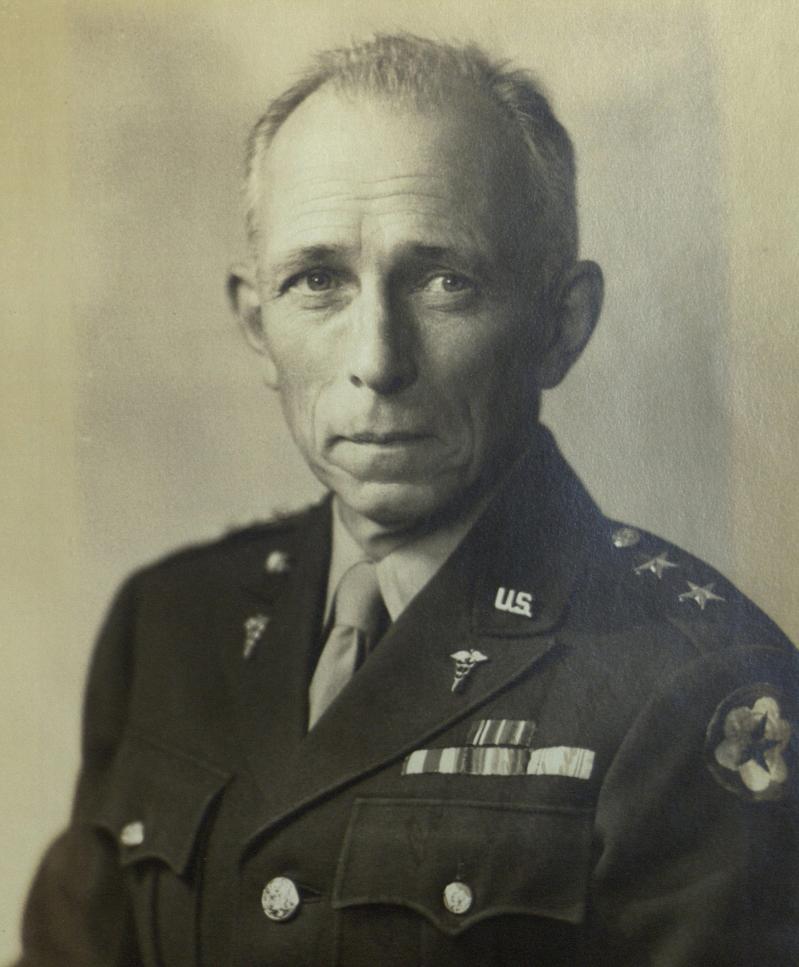Norman Thomas Kirk (1888-1960), shown in the portrait here, may be best remembered as the namesake for Kirk Park in Montauk. Many may be surprised to learn, however, that Kirk’s work standardizing medical care is still referenced in medical journals today.
He was born in Rising Sun, Md., to a farming family, but chose to attend medical school and join the Army. He graduated from the University of Maryland in 1910, received his commission in the Medical Corps in 1912, and graduated from Army Medical School in 1913. His first posting was to the Mexico-United States border, where he met a nurse, Anna May Duryea (sister of Perry B. Duryea Sr.), in 1916. They were married the following year.
In 1919, Dr. Kirk was stationed at both of the Army’s “amputation centers” on the East Coast — General Hospital No. 3 in New Jersey and the Walter Reed Medical Center in Maryland, where he served as chief of orthopedics and amputation from 1919 to 1925.
Working with the wounded from World War I, Dr. Kirk recognized that there was a great deal of inconsistency in amputation techniques and outcomes and that most surgeons were unable to follow their patients’ cases long term. In light of this, he studied more than 1,700 cases, analyzed these and the 700 surgeries he performed to identify the best surgical practices for patients, and in 1924 published his book “Amputations.”
Dr. Kirk served at Army hospitals in Michigan, San Francisco, the Philippines, Panama, and Washington, D.C., before becoming surgeon general of the Army. In his time in that post, from 1943 to 1947, Dr. Kirk standardized amputations and developed early protocols for physical therapy and wound care, and even championed advances in prosthesis technology.
After 35 years of service, Maj. Gen. Kirk retired, moving in 1947 to Montauk, where his family had summered since 1921. In retirement, he indulged his love of fishing and assumed the role of hamlet doctor, often treating fishermen without charge.
Norman Kirk died in 1960, following surgery for an aneurysm. The East Hampton Star memorialized his love of Montauk in his obituary with the quote “This is more of a home to us than any place in the world.”
Andrea Meyer is a librarian and archivist in the East Hampton Library’s Long Island Collection.




